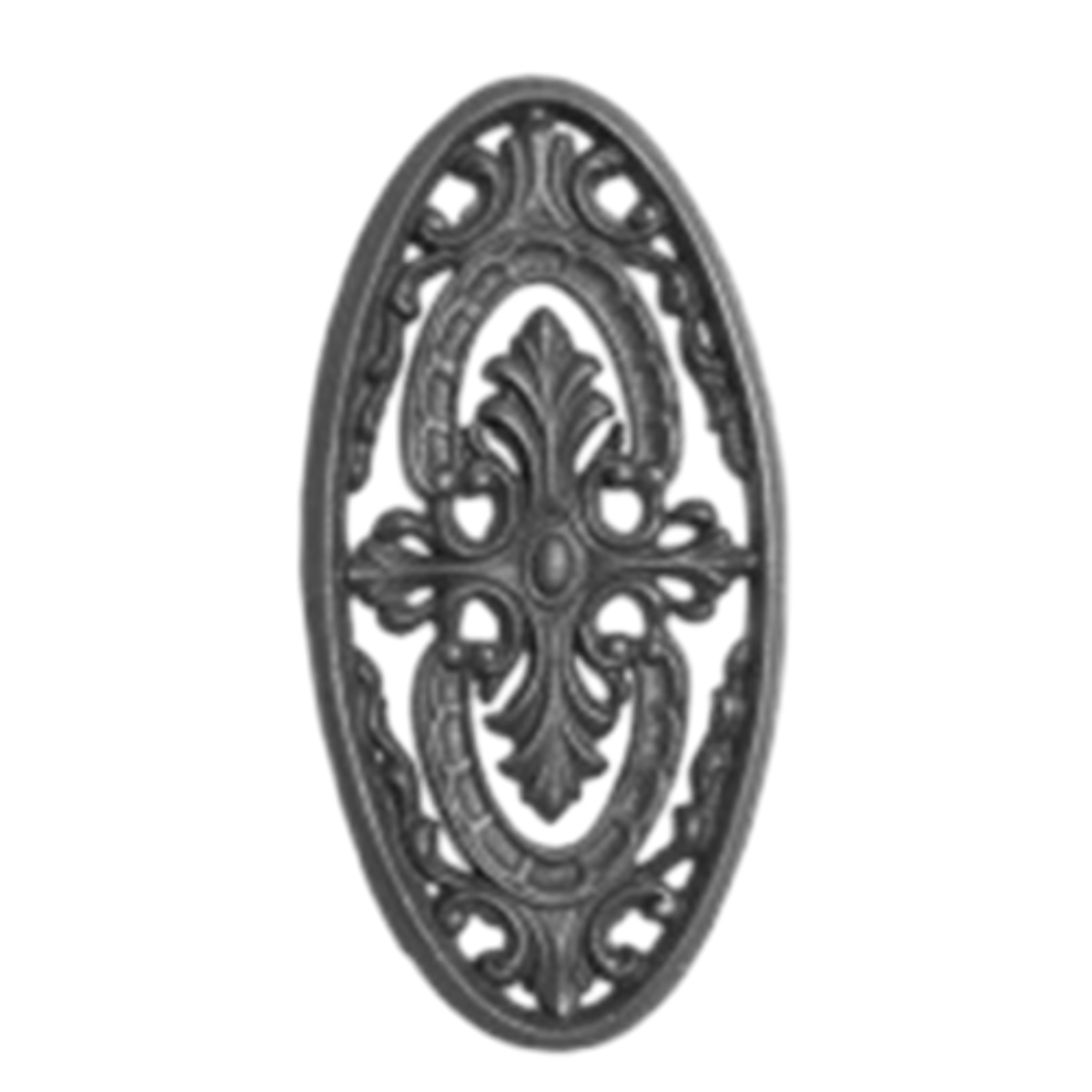Exploring the Art and Craft of Twisted Wrought Iron Designs for Unique Home Decor
The Art and Craft of Wrought Iron Twist
Wrought iron, a material known for its malleability and durability, has been a staple in decorative arts and building structures for centuries. Among its various forms and applications, the wrought iron twist stands out as an enchanting design element prominently featured in both traditional and contemporary architecture. The twisting technique not only enhances the aesthetic appeal of ironwork but also exemplifies the skill and artistry of blacksmiths who wield this ancient craft.
Historical Context
The origins of wrought iron can be traced back to the Iron Age, but it reached a significant evolution in the Middle Ages. During this period, blacksmiths began to develop techniques to manipulate iron, allowing them to create intricate designs. One of the most popular techniques was the twist, where a heated iron rod would be twisted to create decorative patterns. This method became particularly favored for its ability to evoke the natural beauty of organic forms, symbolizing strength and elegance.
In architecture, twisted wrought iron elements soon found their way into railings, gates, and balconies, enhancing the visual appeal of buildings. This was especially prevalent in the ornate ironworks of the Gothic and Renaissance periods, where the interplay of light and shadow from the twisted forms added depth and character to structures.
The Twisting Technique
Creating a wrought iron twist is as much an art as it is a science. The process begins with heating a bar of wrought iron in a forge until it reaches a malleable state. The blacksmith then uses a combination of tongs and leverage to twist the iron. This can be done either by hand or with the help of tools designed to apply even pressure throughout the length of the bar. The degree of twist, spacing, and the number of turns can be varied to achieve different effects.
wrought iron twist

Once twisted, the iron is allowed to cool, retaining the unique patterns created by the twisting. The beauty of a twisted wrought iron piece lies in its imperfections—each twist tells a story of the craftsmanship involved. Furthermore, the twisted iron can be combined with other techniques, such as scrolling or curling, to create even more complex and visually stunning designs.
Contemporary Applications
In today’s design landscape, wrought iron twist has found a renewed appreciation among artisans and architects alike. Its applications extend far beyond traditional railings and gates. Modern furniture designers increasingly incorporate twisted wrought iron into their creations, utilizing it for tabletops, lighting fixtures, and even decorative wall art. The interplay of rustic charm with modern minimalism is particularly appealing, making twisted wrought iron a versatile choice in interior and exterior design.
Aside from its aesthetic appeal, wrought iron is valued for its strength and longevity. Items crafted from twisted wrought iron are not only visually striking but can withstand the test of time, making them a practical choice for both indoor and outdoor use. As society moves towards sustainable practices, wrought iron, which can be recycled and repurposed, presents an environmentally friendly option.
Conclusion
The twisted wrought iron remains one of the most captivating manifestations of the blacksmith’s art. Its unique combination of strength, beauty, and flexibility continues to inspire architects and designers. As we continue to explore new ways to incorporate traditional techniques into modern designs, the legacy of wrought iron twist endures, reminding us of the intricate balance between craftsmanship and artistic expression. Whether in historic structures or contemporary design, the twisted elegance of wrought iron continues to enrich our environments with its timeless charm.
-
Wrought Iron Components: Timeless Elegance and Structural StrengthNewsJul.28,2025
-
Window Hardware Essentials: Rollers, Handles, and Locking SolutionsNewsJul.28,2025
-
Small Agricultural Processing Machines: Corn Threshers, Cassava Chippers, Grain Peelers & Chaff CuttersNewsJul.28,2025
-
Sliding Rollers: Smooth, Silent, and Built to LastNewsJul.28,2025
-
Cast Iron Stoves: Timeless Heating with Modern EfficiencyNewsJul.28,2025
-
Cast Iron Pipe and Fitting: Durable, Fire-Resistant Solutions for Plumbing and DrainageNewsJul.28,2025
-
 Wrought Iron Components: Timeless Elegance and Structural StrengthJul-28-2025Wrought Iron Components: Timeless Elegance and Structural Strength
Wrought Iron Components: Timeless Elegance and Structural StrengthJul-28-2025Wrought Iron Components: Timeless Elegance and Structural Strength -
 Window Hardware Essentials: Rollers, Handles, and Locking SolutionsJul-28-2025Window Hardware Essentials: Rollers, Handles, and Locking Solutions
Window Hardware Essentials: Rollers, Handles, and Locking SolutionsJul-28-2025Window Hardware Essentials: Rollers, Handles, and Locking Solutions -
 Small Agricultural Processing Machines: Corn Threshers, Cassava Chippers, Grain Peelers & Chaff CuttersJul-28-2025Small Agricultural Processing Machines: Corn Threshers, Cassava Chippers, Grain Peelers & Chaff Cutters
Small Agricultural Processing Machines: Corn Threshers, Cassava Chippers, Grain Peelers & Chaff CuttersJul-28-2025Small Agricultural Processing Machines: Corn Threshers, Cassava Chippers, Grain Peelers & Chaff Cutters












